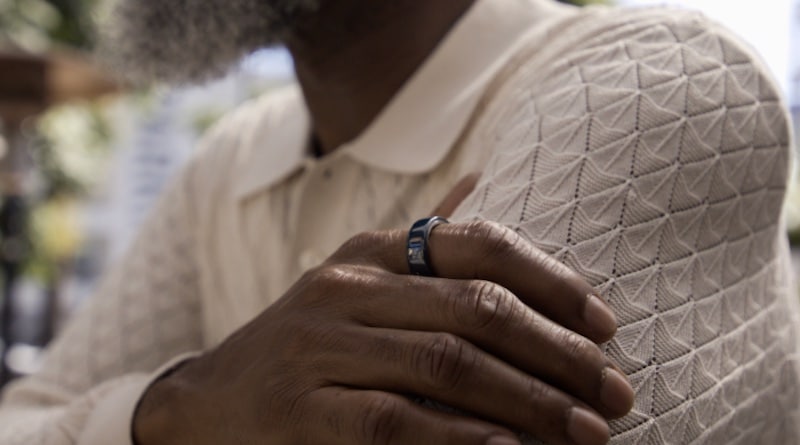
Blood pressure monitoring coming soon to Oura Ring 3 and 4
Oura is preparing to roll out a blood pressure feature to its Gen 3 and Gen 4 rings. Early access will be limited to US-based users enrolled in the the company’s Labs programme. Oura is also pushing out long-term stress tracking monitoring.
Oura moves into blood pressure monitoring
As reported by Mark German (paywalled article), the new feature won’t offer clinical-grade readings, but it aims to estimate blood pressure trends based on data from the ring’s built-in PPG sensors. The system, apparently, does not need calibration with a traditional cuff monitor and won’t show systolic or diastolic values. Instead, the focus is on identifying long-term trends and spotting early signs of elevated blood pressure.
Blood pressure monitoring will initially be available to US residents aged 22 and older who sign up to test it via Oura Labs. Users with pacemakers are excluded. Wider availability depends on regulatory approval. Oura has not provided a launch timeline for general release.
The company has also added a long-term stress tracking tool. This uses signals like resting heart rate, temperature shifts and sleep quality to build a big-picture view of how stress builds up over time. It’s aimed at helping users detect chronic stress before it becomes a problem, not just flagging short-term spikes.
Other smart rings are moving fast too
While Oura is still making plans, RingConn might end up beating them to the punch. That smart ring already has a blood pressure monitoring feature available in Beta. It also uses sensor data to estimate blood pressure, though it’s still being tested and isn’t yet fully rolled out. And it does require calibration with a traditional blood pressure cuff once per month.
The Circular Ring 2 also claims BP tracking. However, that feature is paywalled by default.
What about the smartwatch space?
Well, if you look past the budget models that struggle with accuracy, only a handful of smartwatches include proper blood pressure tracking. Huawei’s Watch D and Watch D2 lead the pack, while Apple and Samsung provide estimates that still need calibration and don’t meet clinical standards.
And let’s not forget Hilo bracelet (previously known as Aktiia). It offers automatic clinical-grade accuracy, automatically, multiple times during the day and night.
As more brands edge into this space, it’s clear that blood pressure tracking from wrists or fingers will soon become mainstream. The real test for Oura will be how accurate and useful their estimates are in everyday use. If Oura can deliver something reliable without requiring a calibration process, it could be a solid addition to the ring’s growing health toolkit.
You can find out more information on Oura.com.
Subscribe to our monthly newsletter! Check out our YouTube channel.
And of course, you can follow Gadgets & Wearables on Google News and add us as a preferred source to get our expert news, reviews, and opinion in your feeds.
